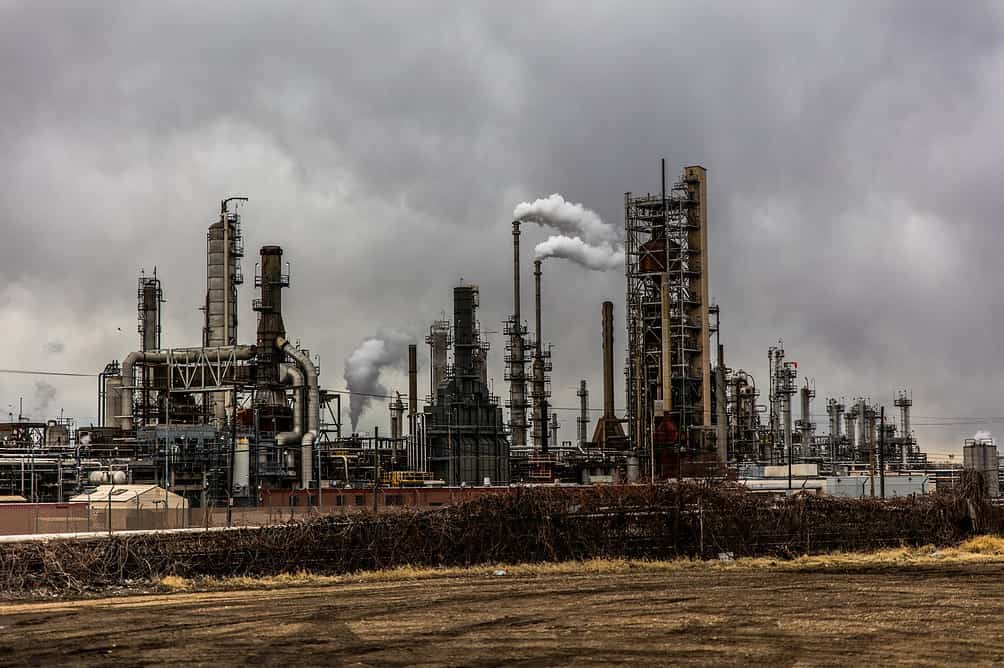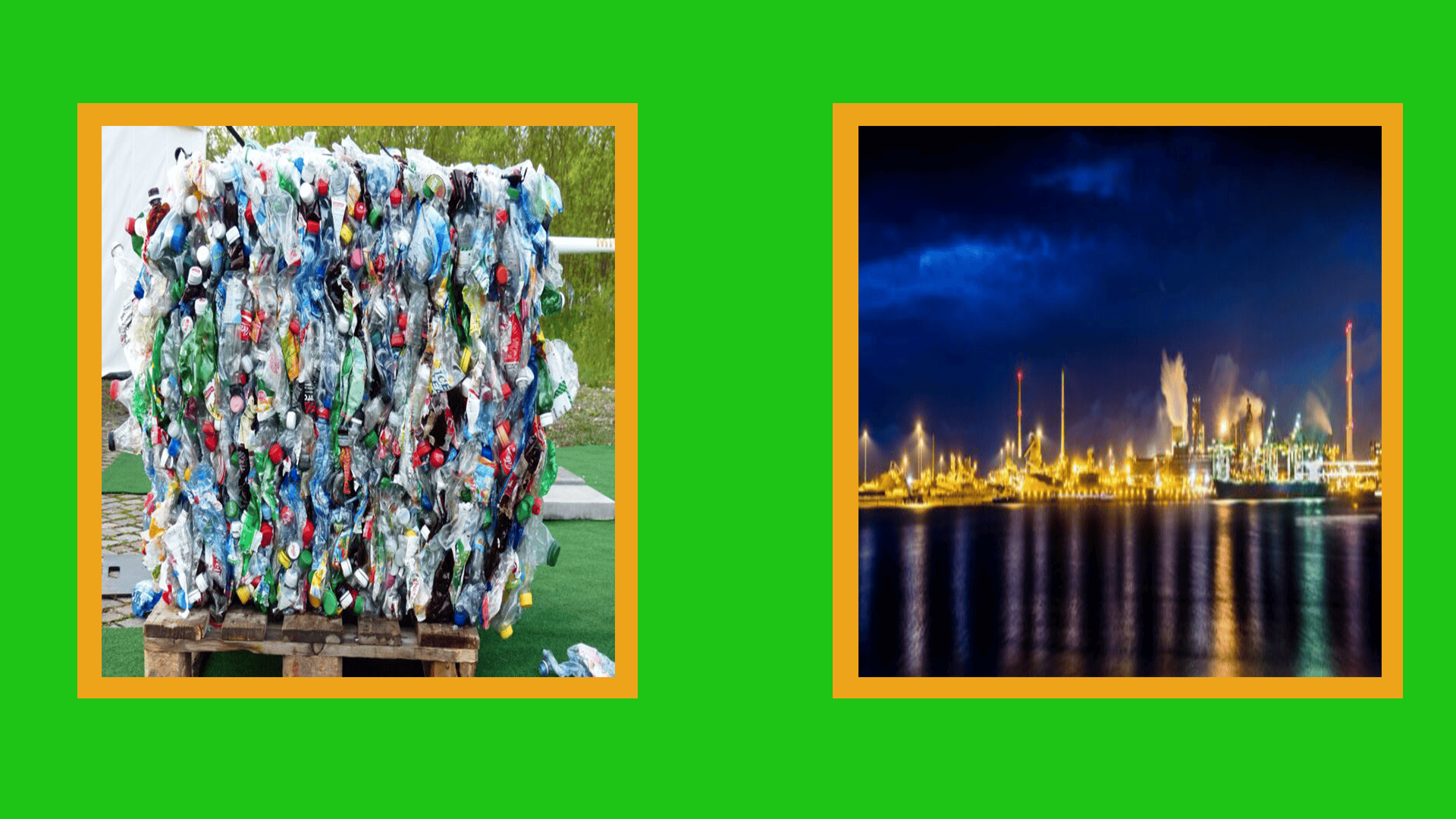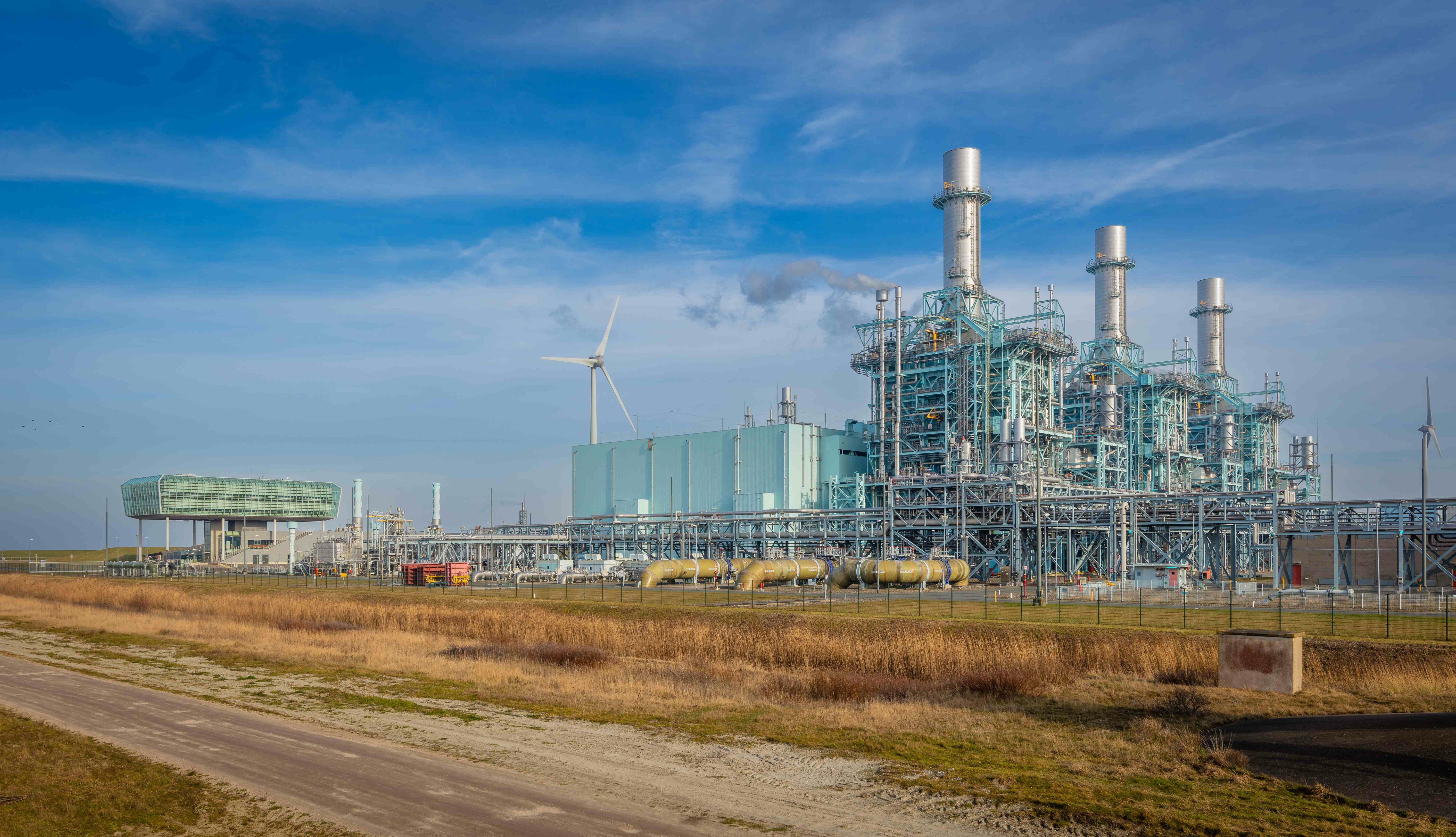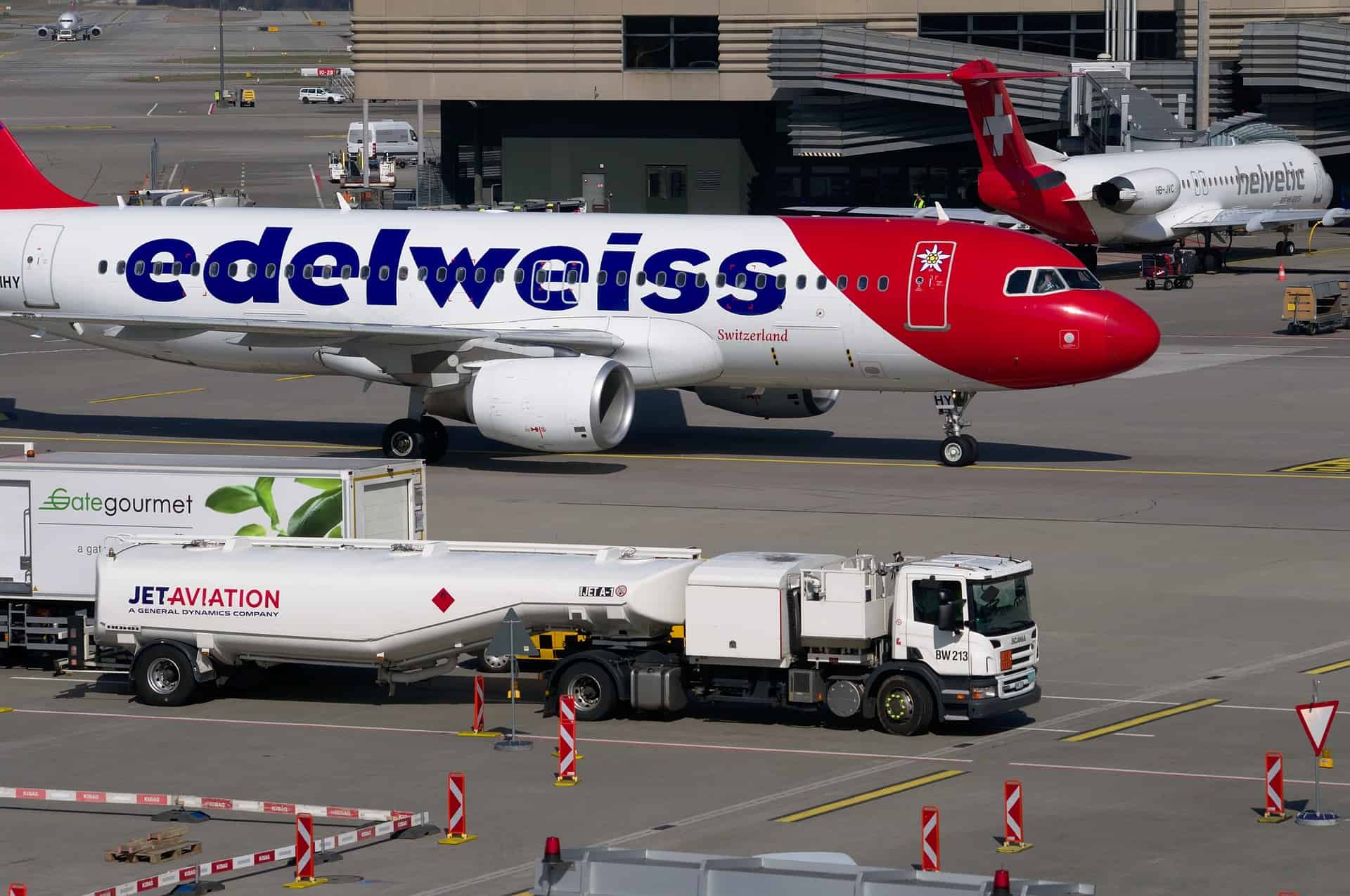
Reducing greenhouse emissions caused by flying. That’s the goal of Jingxiu Xie, assistant professor of Catalytic Processes for Gas Conversion at the University of Groningen (RUG). In her research, Xie combines carbon monoxide and hydrogen and turns it into hydrocarbons. Those hydrocarbon are converted into liquid fuel, says the university in a press release.
To produce kerosene from carbon dioxide, Xie is combining her knowledge of catalysis and chemical engineering. She wants to use waste gases from major carbon dioxide emitters such as Tata Steel or the RWE energy plant in Eemshaven. These waste gases contain many other molecules apart from carbon monoxide and hydrogen, which can result in shorter hydrocarbons. Therefore, Xie needs to combine knowledge of catalysis with knowledge of chemical engineering to get the process working in the way that she wants.
On top of this, the energy costs of producing carbon monoxide from carbon dioxide and obtaining green hydrogen are a problem for green kerosene production. Most hydrogen is now produced from methane, which is not a green source. Additionally, there isn’t enough renewable energy to produce unlimited green hydrogen through the electrolysis of water. Xie is, therefore, working on ways to make the entire process more efficient.
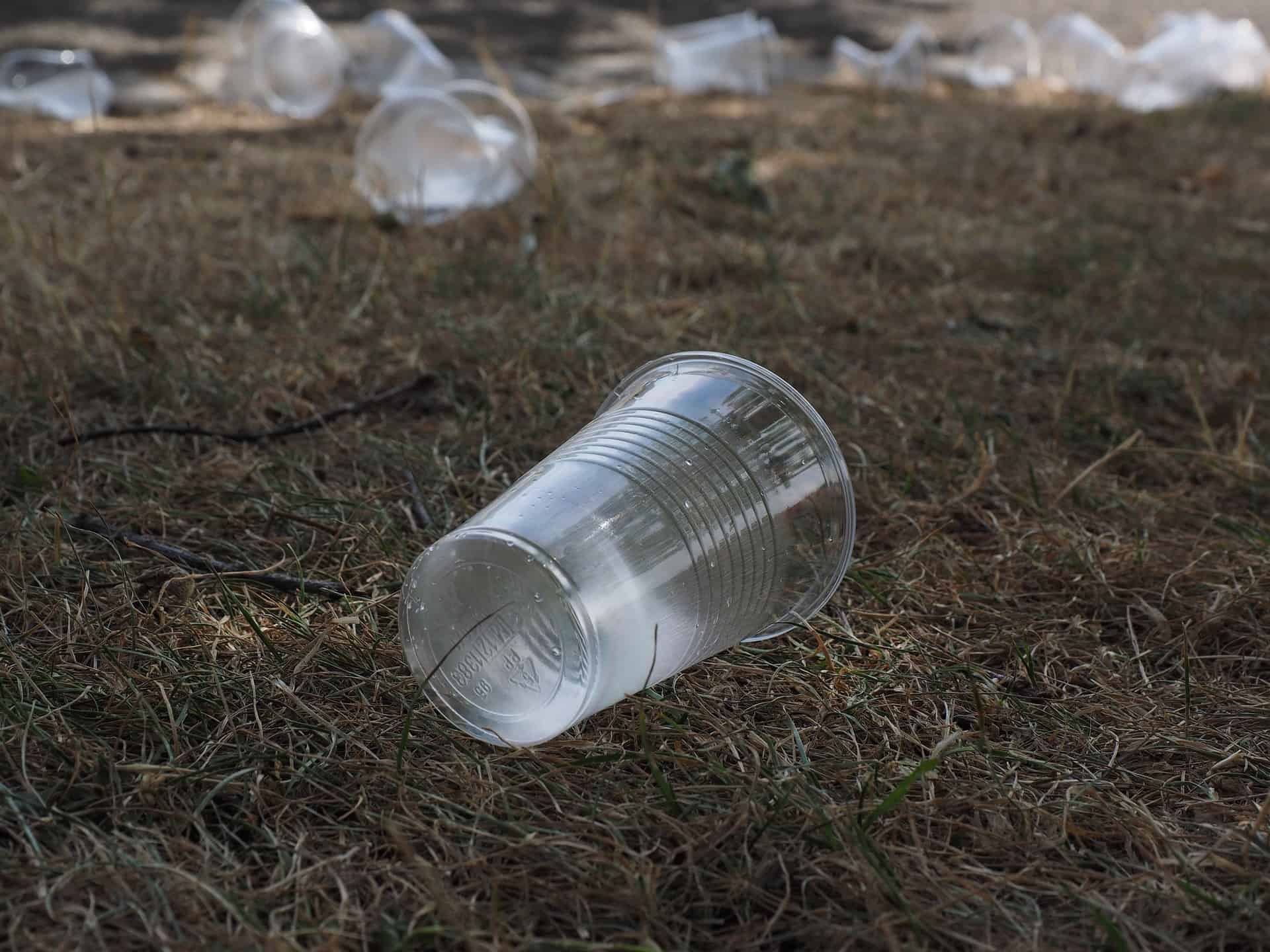
A Circular Supply Chain for Hydrocarbons
Xie’s ideas to produce hydrocarbons using carbon dioxide from waste gases may also change the way in which the chemical industry works. Chemical factories are usually very large and use the economy of scale to produce cheaply, but when Xie starts to use many different sources of carbon for her processes, this may require building small production units near these sources. This will increase costs, so she has to simplify the production process to reduce costs.
The chemical industry would need unsaturated hydrocarbons, so-called olefins, which require a different synthetic pathway than kerosene. To create a circular supply chain for hydrocarbons, Xie is quietly confident that her approach will work in the near future.



